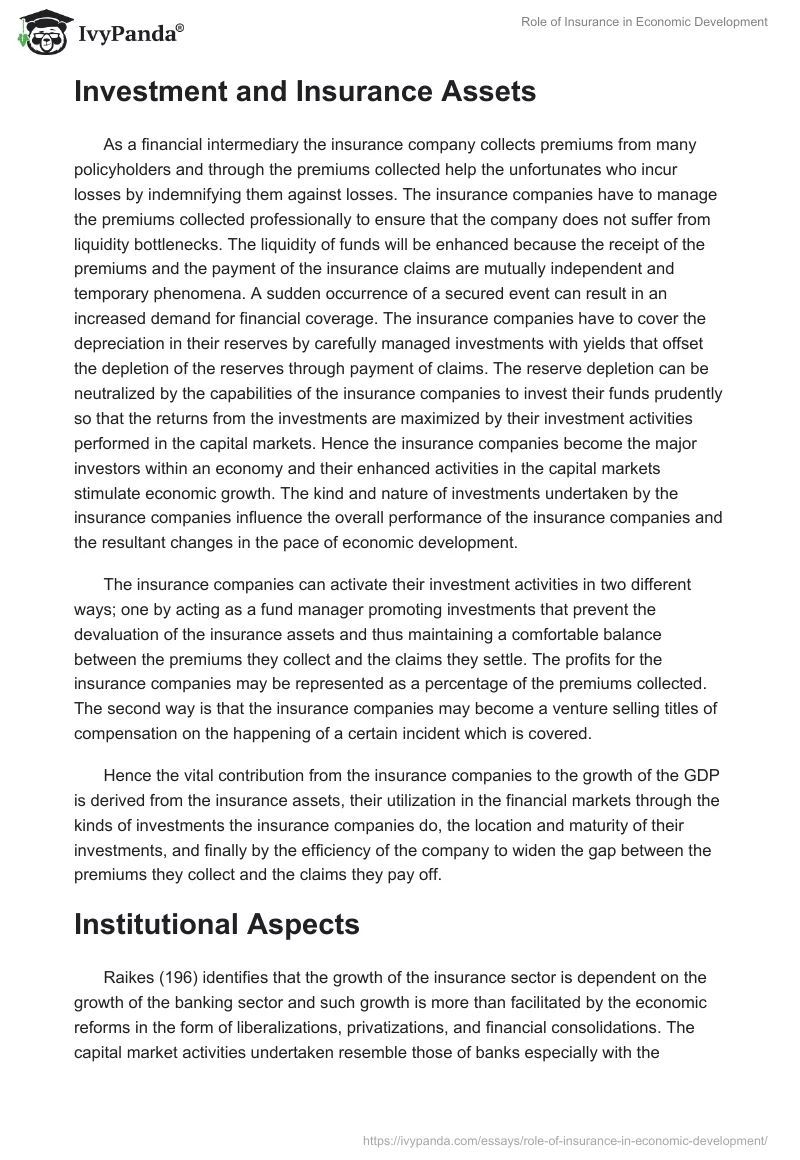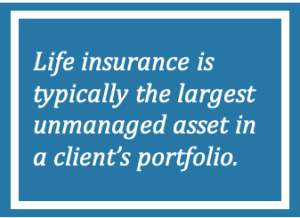The Buzz on Pacific Prime
The Buzz on Pacific Prime
Blog Article
The 6-Minute Rule for Pacific Prime
Table of ContentsThings about Pacific PrimePacific Prime Fundamentals ExplainedOur Pacific Prime PDFsThe Ultimate Guide To Pacific PrimeThe 10-Second Trick For Pacific Prime

This is since the data were collected for a duration of strong financial performance. Of the approximated 42 million individuals who were uninsured, just about regarding 420,000 (concerning 1 percent) were under 65 years old, the age at which most Americans end up being qualified for Medicare; 32 million were grownups between ages 18 and 65, about 19 percent of all adults in this age; and 10 million were kids under 18 years of age, regarding 13.9 percent of all kids (Mills, 2000).
These estimates of the number of persons uninsured are produced from the annual March Supplement to the Existing Population Survey (CPS), performed by the Census Bureau. Unless or else noted, national estimates of individuals without health insurance policy and proportions of the population with various kinds of coverage are based upon the CPS, one of the most extensively used resource of estimates of insurance coverage and uninsurance rates.
Pacific Prime for Beginners

Still, the CPS is particularly beneficial because it produces yearly quotes relatively swiftly, reporting the previous year's insurance coverage estimates each September, and since it is the basis for a constant collection of estimates for greater than twenty years, enabling evaluation of fads in insurance coverage over time. For these factors, as well as the extensive use the CPS in various other researches of insurance policy coverage that exist in this record, we rely upon CPS price quotes, with constraints noted.

The quote of the number of uninsured individuals expands when a population's insurance standing is tracked for numerous years. Over a three-year period beginning early in 1993, 72 million individuals, 29 percent of the U.S. https://telegra.ph/Pacific-Prime-Your-Trusted-Source-for-International-Health-Insurance-04-02. populace, lacked protection for at least one month. Within a single year (1994 ), 53 million people experienced at least a month without insurance coverage (Bennefield, 1998a)
6 out of every ten uninsured adults are themselves employed. Although working does improve the probability that and one's relative will certainly have insurance, it is not an assurance. Even members of households with 2 full-time breadwinner have nearly a one-in-ten opportunity of being without insurance (9.1 percent uninsured rate) (Hoffman and Pohl, 2000).
Little Known Facts About Pacific Prime.
New immigrants make up a significant percentage of individuals without medical insurance. One evaluation has attributed a substantial part of the current growth in the dimension of the united state without insurance populace to immigrants that arrived in the country in between 1994 and 1998 (Camarota and Edwards, 2000). Recent immigrants (those that concerned the United States within the past 4 years) do have a high rate of being without insurance (46 percent), but they and their youngsters account for just 6 percent of those without insurance nationally (Holahan et al., 2001).
The partnership in between medical insurance and access to care is well developed, as documented later on in this phase. The partnership in between wellness insurance and wellness outcomes is neither straight nor basic, a considerable scientific and wellness services research literature web links health insurance policy protection to improved accessibility to care, much better high quality, and enhanced personal and population health standing.
Levels of analysis for checking out the results of uninsurance. This discussion of health and wellness insurance protection focuses mostly on the united state populace under age 65 since essentially all Americans 65 and older have Medicare or various other public protection. Additionally, it concentrates particularly on those without any kind of medical insurance for any type of length of time.
The Of Pacific Prime
The problems faced by the underinsured are in some areas comparable to those faced by the uninsured, although they are generally less serious. Health insurance, nonetheless, is neither essential nor adequate to obtain access to clinical services. The independent and direct impact of health and wellness insurance policy protection on accessibility to wellness services is well established.
Others will certainly get the wellness care they require also without wellness insurance policy, by paying for it expense or seeking it from providers who offer care free or at highly subsidized prices. For still others, medical insurance alone does not ensure invoice of care due to other nonfinancial barriers, such as an absence of healthcare service providers in their community, limited access to transportation, illiteracy, or etymological and social check over here distinctions.
3 Simple Techniques For Pacific Prime
Formal research concerning uninsured populaces in the USA dates to the late 1920s and early 1930s when the Board on the Expense of Treatment produced a series of records about financing doctor workplace visits and hospital stays. This problem came to be significant as the varieties of clinically indigent climbed up throughout the Great Clinical depression.
Report this page